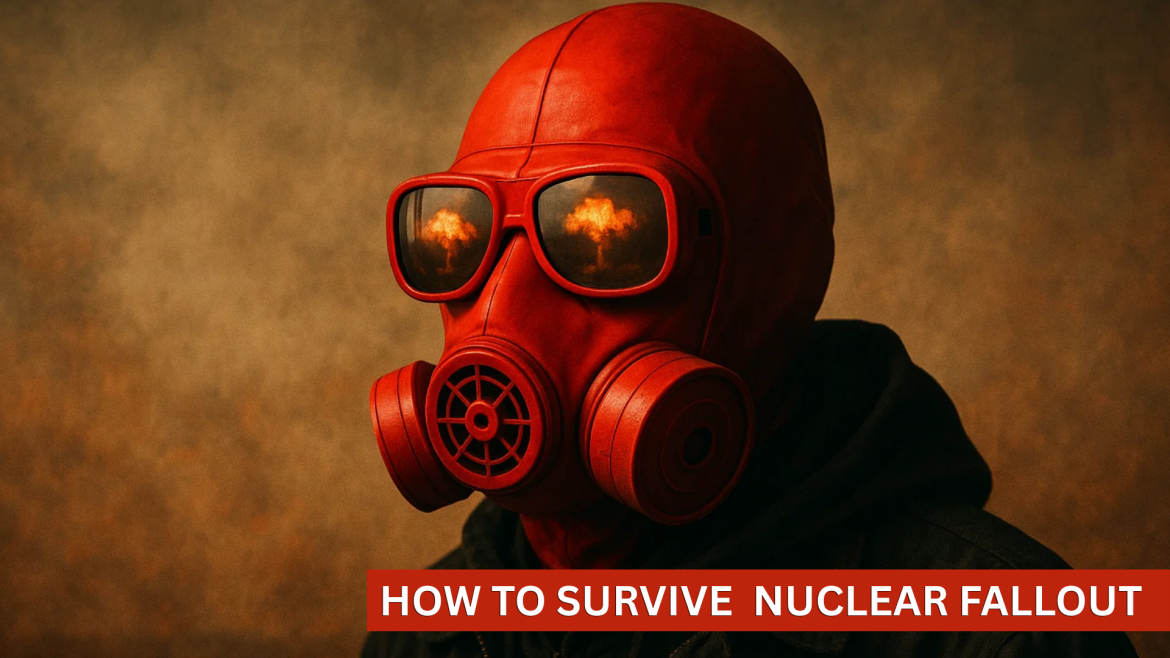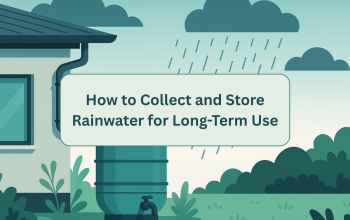How to Survive a Nuclear Fallout: Step–by–Step Guide
Imagine the sky lights up with a blinding flash—a nuclear explosion has just occurred. In that moment, your survival depends on swift, decisive action. A nuclear fallout doesn’t just bring destruction; it unleashes invisible, deadly radiation that poisons everything it touches—air, water, food, and land. At Survival Siren, we believe knowledge is your greatest weapon. This step-by-step guide will walk you through how to protect yourself, find shelter, and secure resources to outlast the chaos of a nuclear fallout. Preparation isn’t optional—it’s your lifeline.
Why Nuclear Preparedness is Essential
Nuclear disasters aren’t just movie plots—they’re real risks that demand readiness. Here’s why you can’t afford to skip this:
- Radiation Exposure is Deadly: Even small doses can cause burns, cancer, or organ failure over time.
- Infrastructure Collapse: Power, hospitals, and grocery stores vanish, leaving you to fend for yourself.
- Long–Term Environmental Contamination: Radioactive particles linger for weeks or years, making survival a marathon, not a sprint.
- Emergency Response Delays: Help might not arrive for days—or longer—so self-reliance is critical.
Being prepared isn’t paranoia; it’s power. Let’s break down the steps to survive.
1. Immediate Actions After a Nuclear Explosion
The first moments after a nuclear blast are a race against radiation exposure. Here’s what to do when you see the flash or hear the boom:
Find Immediate Shelter (First 10 Minutes)
- Get Indoors Fast: Head to the nearest building—concrete or underground is ideal. If you’re outside, any shelter beats open air.
- Avoid Windows: The blast wave can turn glass into deadly shrapnel—stay clear.
- Duck and Cover: If caught outside, drop flat, cover your head, and shield your eyes from the blinding light.
Reduce Radiation Exposure (First 30 Minutes)
- Seal Entry Points: Use duct tape and plastic sheeting to block doors and windows—radioactive dust is your enemy.
- Shut Off Air Systems: Turn off fans, AC, or heaters that pull in contaminated air.
- Move to the Core: Position yourself in the center of the building, away from exterior walls and roofs where radiation seeps in.
Quick Tip: If you’re in a vehicle, stop, roll up windows, and kill the vents—it’s not perfect, but it buys you time.
2. Surviving the First 72 Hours
The initial three days are the deadliest—radiation peaks and danger lurks everywhere. Here’s how to stay alive:
Staying Indoors & Shielding
- Use Dense Barriers: Stack concrete, dirt, or heavy furniture to block radiation—every inch counts.
- Go Low: Basements or ground floors in sturdy buildings offer the best protection.
- Minimize Outdoor Time: If you must step out (e.g., for supplies), keep it under five minutes and cover up completely.
Food and Water Safety
- Stick to Bottled Water: Tap water could be tainted—rely on sealed bottles or pre-stored reserves.
- Eat Packaged Goods: Canned foods, energy bars, or sealed snacks are safe bets. Skip anything exposed to fallout.
- Test with a Geiger Counter: If you’ve got one, check food and water for radiation. No device? Assume outside sources are risky.
Survival Hack: Short on water? After 48 hours, collect rainwater in clean containers—radiation levels drop significantly by then.
3. Essential Survival Gear for Nuclear Fallout
Your emergency kit is your shield against the chaos. Here’s what you need to weather a nuclear fallout:
Protective Gear
- N95 Masks or Respirators: These filter out radioactive particles—regular masks won’t do.
- Plastic Ponchos and Gloves: Cover your skin to block fallout dust from settling.
- Potassium Iodide Tablets: These shield your thyroid from radioactive iodine—follow dosage instructions carefully.
Emergency Supplies
- Non–Perishable Food: Stock canned soups, tuna, or freeze-dried meals for at least two weeks.
- Water Reserves: Plan for 1 gallon per person per day—minimum 14-day supply.
- Battery–Powered Radio: Stay informed with emergency broadcasts; hand-crank or solar options are a bonus.
- First Aid Kit: Pack burn cream, bandages, and anti-radiation meds if you can get them.
Budget Option: Can’t splurge on a Geiger counter? A basic dosimeter tracks your exposure over time affordably.
4. When and How to Evacuate
Radiation fades over time, but timing your escape is critical—too early, and you’re exposed; too late, and resources dwindle. Here’s the plan:
Determining Safe Evacuation Timing
- The 7–10 Rule: Radiation drops 90% after 7 hours and 99% after 48 hours. Wait at least two days unless forced out.
- Listen for Updates: Use your radio to catch official “all-clear” signals or evacuation orders.
Best Practices for Evacuation
- Dress for Protection: Wear long sleeves, pants, gloves, and a mask—leave no skin exposed.
- Steer Clear of Cities: Urban zones may have higher radiation or chaos—opt for rural routes.
- Go Upwind: Move against the wind to dodge drifting fallout—test direction with a damp finger or fabric.
Key Note: Only evacuate if your shelter fails or authorities greenlight it—moving prematurely could be fatal.
5. Long–Term Survival Strategies
When the fallout stretches into weeks or months, you’ll need to adapt. Here’s how to thrive:
Decontamination Practices
- Cleanse Thoroughly: Wash skin and hair with soap and uncontaminated water—scrub gently but fully.
- Ditch Dirty Clothes: Seal contaminated gear in plastic bags and store it far from living spaces.
- Monitor Radiation: Use detectors to check items, food, and water for lingering hazards.
Sustainable Food and Water Sources
- Harvest Rainwater: Post-fallout, set up clean containers to collect rain—filter it for safety.
- Grow Indoors: Use greenhouses or hydroponics to shield crops from tainted soil.
- Raise Animals Safely: Feed livestock uncontaminated grain and water—test everything.
Pro Tip: Learn to identify safe wild plants, but only forage with a radiation detector in hand.
Frequently Asked Questions (FAQs)
1. How long does nuclear radiation last?
Radiation plummets after two weeks, but some zones stay dangerous for months or years, depending on the blast’s scale.
2. Can I drink tap water after a nuclear blast?
Not unless it’s tested and cleared. Use bottled water or purified rainwater collected after the initial fallout settles.
3. What’s the best shelter against nuclear fallout?
Underground bunkers or thick-walled concrete buildings win—maximize layers between you and the outside.
Conclusion
Surviving a nuclear fallout demands quick thinking, solid shelter, and smart planning. From sealing yourself in during the first frantic hours to building a sustainable life weeks later, every move counts. At Survival Siren, we’re committed to equipping you with the tools and know-how to face the worst. Don’t leave it to chance—start your nuclear survival prep now.
☢️ Have you got a nuclear survival plan ready? Drop your thoughts in the comments below!




